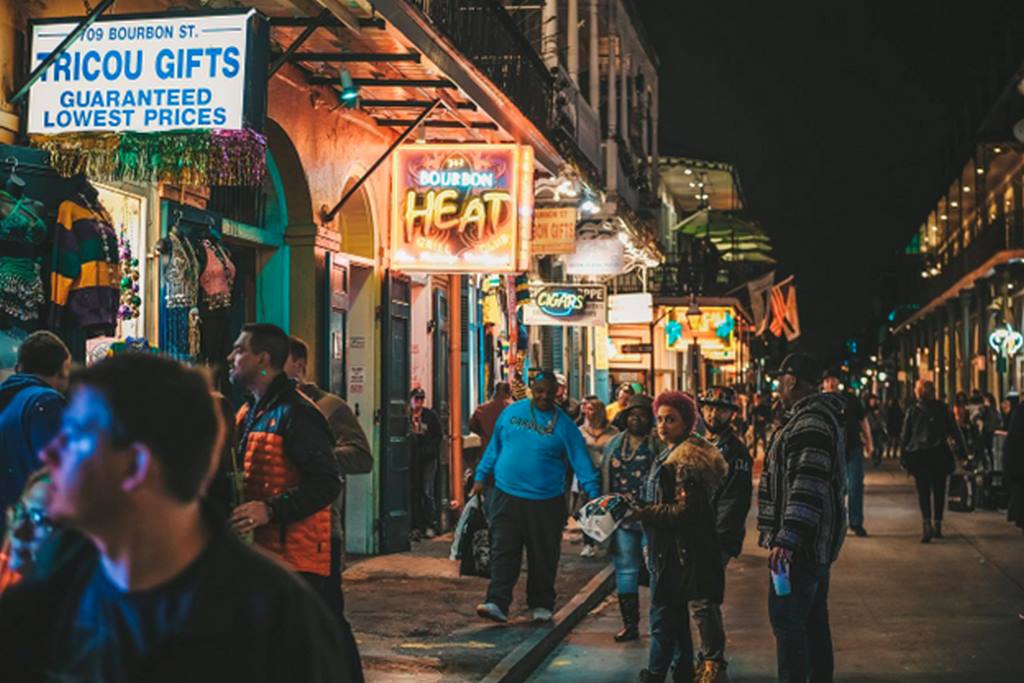Over the past few days, you have been fully engaged in SEO. You have researched the best keywords, developed a solid link-building strategy, written the best content, and designed a highly responsive website. From the look of things, you are confident that your site will find its way among the first five sites on Google SERPS and you are excited about it.
However, before you start gambling on the Kentucky Derby in Twinspires.com and start analyzing winning odds, as a way of celebrating your milestone, you need to remember that there is one crucial thing under the SEO umbrella that you have forgotten – image optimization.
You used high-quality images to complement your images, but did you optimize them for SEO? Well, you probably didn’t.
If you have no idea where to start with image optimization, below are a few tips that will help you out;
-
Only use outstanding images that are page-relevant
An important fact that you need to remember as you publish your content is that your prospects will react to an image before they start looking at other aspects of your page.
Therefore, you cannot afford to use images that are not relevant to what your content is talking about. By using beautiful images that connect with your topic, you will go a long mile in attracting readership, and compelling readers to share the content with others.
Your goal when using an image should be to leave a lasting impression and evoke the right emotions. Take time and think about what you will achieve with an image before you use it. Luckily, there are a host of websites that provide images that you can use for different purposes. However, if you want more SEO value, you will do yourself a favor if you add your own original images.
Create a photo that is specific to your business and use it in your content. This uniqueness will attract more readership, which will eventually result in more leads, conversions, and sales.
-
Reduce the size of your images
Today, your site will rank poorly if it is not mobile-responsive. According to Safari SEO Manchester, Google have been using mobile first indexing since the 1st of July 2019. In that time, search results and ranking positions have changed dramatically as Google looks to reward sites that prioritise mobile accessibility and usability.
When creating images for your site, think about mobile before you post. By scaling down large images, you will go a long mile in increasing the page speed, which will, in turn, minimize the number of bounce rates in your site. Low bounce rates mean readers spend more time on your page. This makes search engines perceive your site as valuable; thus, spiders reward it with high rankings.
There are a host of tools you can use to reduce image sizes, which include JPEG Optimizer, ImageOptim, and Trimage. Using them to your advantage will make your technical SEO efforts more convenient.
-
Use the best quality
If your content has high-quality content and high-quality images, you can rest assured that better rankings will come knocking before you know it.
In case your webpages have low quality, poor-resolution images, most visitors will not read your content even if it offers the highest value.
When choosing image formats, prioritize on JPEGs since they have the best quality. Also, avoid GIFs because they are large in size, and could slow your PageSpeed and hurt your SEO.
-
Include a short caption to your images
Including captions in your images is not a must, but if you do, there are high chances that they will be crawled by Google and other search engines.
If you don’t believe in captions, look at this – a recent report has shown that image captions are read 300% more than the content body itself!
You can use your focus keyword or a URL as the caption. Anyone searching for information related to the keyword will certainly find your page in the search results, and this will, at the end of the day, improve your page and image relevance.
-
Don’t leave the alt text blank
The alt text is an essential field that is often ignored. Before you leave it blank, remember that it will give users who are unable to access your images an idea of what the image entails.
Using the alt text helps you make your content accessible to everyone, including the physically challenged. Also, it helps your prospects get a deeper meaning from your content.
We cannot also forget to mention that the alt text helps web crawlers to better understand your images, something that can boost your profile.
Final thoughts
Getting to the top of search engines SERPs is not a walk in the park. You need to work hard, practice patience, and invest a lot of energy, time, and resources. Also, you need to do everything in your power to increase your site’s rankings, and this includes doing proper image optimization.
By following the above tips, you will not only take your site to the top, but you will also outrank your competitors and achieve business success.




